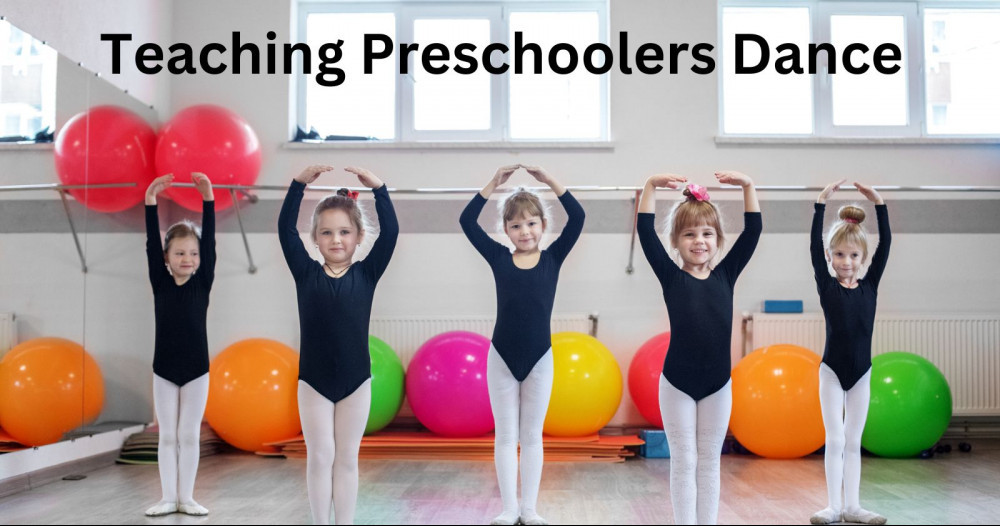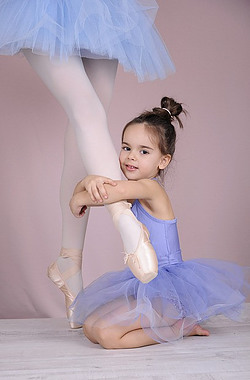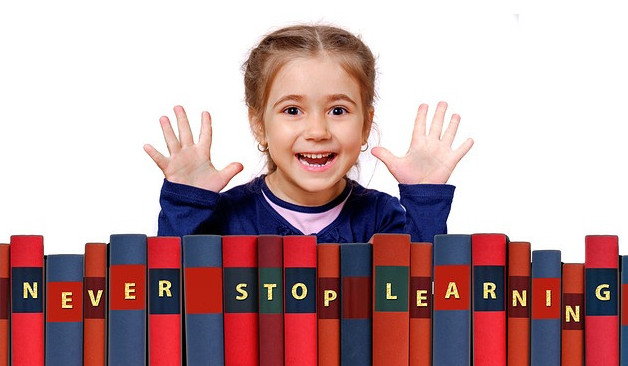As a dance teacher, you are either going to love teaching preschoolers dance or you are going to dread it. If you are not enjoying your preschoolers, could it be that you don’t understand their personalities?
Here are some things about teaching preschoolers that you really need to know about, and if you understand what they are like, it makes your job of teaching them a whole lot easier.

Teaching Preschoolers Dance
Teaching the preschoolers is my favorite lesson of the week, but if you go unprepared the class can also go horribly wrong.
In this article, I am going to have a look at preschoolers’ personality traits in relation to teaching preschoolers dance. If you would like some more tips and ideas on teaching your preschoolers to dance and organizing your classes, read this.
I also have great ideas for stories that you can incorporate into your classes that I use to make the classes enjoyable for this age group.
Nurturing Preschooler Personality Traits
But now, let’s get to know your preschooler.
Preschool is a magical time when children’s personalities begin to blossom, and dance provides the perfect platform for them to explore their creativity, express themselves, as well as develop essential life skills. In this article, we will delve further into the exciting realm of teaching dance to preschoolers, highlighting the significant impact it has on their personality traits and overall growth.
Understanding What They Are All About:
Preschoolers are some of the most misunderstood people around. It is a good idea to try and understand them before you attempt to teach them.
- They Are Curious. Preschoolers possess an innate sense of wonder and eagerness to explore their surroundings.
- These little dynamos excel at thinking out of the box and discovering new ways of self-expression.
- They have abundant energy, making dance an ideal outlet for their liveliness.
- They are very perceptive to emotions, making dance a powerful tool to foster emotional awareness and empathy.
- With their sponge-like minds, preschoolers grasp new concepts and acquire skills at astonishing rates.
- They can be impulsive, and non-compliant one minute, and the next they are joyful again. They are impulsive because they don’t think twice. Their brains can only focus on one thought or feeling at a time. So they react instinctively and are unable to consider the consequences of their behaviour before acting.
- They know much better than they can behave and their good intentions can be very short-lived.
- They are immature as their brains are still developing. In fact, their brains won’t fully integrate until between five and seven years old and sometimes as late as nine years.
- They are egocentric. Yes, it really is all about them. Healthy development requires an understanding of the self so that an identity forms. The focus for preschoolers needs to be on integrity and selfhood before diplomacy and community.
- Preschoolers seek to be close to adults because they cannot function independently. Being close is their greatest desire and they need to rest in the care of their adults and trust in them to lead. Because of this intense need for connection, it means they will be missing their adults when left in the care of other adults.
- Bedtime is about separation, which is why they often resist going to sleep.
- Preschoolers are prone to resist when they feel coerced or controlled by someone that they are not attached to in the moment. In order to reduce resistance, it is important to collect their attention and harness their desire to follow before making requests.
- Preschoolers tell it like it is and report on the world as they see it. Political correctness and diplomacy are lost on them because they are just trying to figure out what they think and feel, thus ignoring social conventions and expectations.
The Importance of Dance in Preschool Education:
- Dance enhances gross motor skills, coordination, flexibility, and balance, contributing to overall physical growth.
- Structured movement in dance aids memory, problem-solving, sequencing, and pattern recognition.
- Dancing encourages self-confidence, emotional expression, resilience, and social interaction, nurturing well-rounded personalities.
- Dance introduces preschoolers to diverse art forms, traditions, and cultures, promoting appreciation and inclusivity.
- The joy and accomplishments experienced through dance develop self-esteem, discipline, perseverance, and a love for lifelong learning.
Here Are Some Strategies for Teaching Preschoolers Dance:
- Establish a safe and supportive environment: Foster trust, inclusivity, and respect among the children in your dance class.
- Use imaginative storytelling. Engage preschoolers’ creativity by incorporating narratives to make dance more relatable and enjoyable.
- Incorporate play by designing dance activities as games, allowing preschoolers to learn through play, and fostering excitement and participation.
- Teach dance steps in simple, digestible segments, reinforcing a sense of achievement and ensuring success for all.
- Provide opportunities for individuality, allowing preschoolers to communicate emotions authentically through movement.
- Add props like scarves or musical instruments to make dance sessions more captivating, stimulating their imagination.
- Praise and celebrate each child’s progress, fostering self-confidence and reinforcing positive behavior.
- Group performances and choreography projects promote teamwork, cooperation, and a sense of collective achievement.
- Maintain open communication with parents, sharing progress updates, and encouraging their active participation.

Teaching dance to preschoolers is a truly rewarding experience that nurtures their innate personality traits while fostering holistic growth.
Harnessing their curiosity, creativity, energy, emotional sensitivity, and rapid learning capabilities, dance education offers preschoolers a joyful journey toward self-discovery, physical development, emotional intelligence, cultural awareness, and personal growth.
By providing a safe, supportive, and exciting environment, educators can unlock the myriad benefits of dance, leaving a lasting impact on these young souls, and shaping them into confident, expressive, and well-rounded individuals ready to take on the world with grace and resilience.
So let us embark on this incredible adventure of teaching our preschoolers the art of dance, unlocking their potential one step at a time!


“This is an incredible find for teaching dance to preschoolers! I’m particularly drawn to the focus on nurturing creativity and ensuring that learning remains an enjoyable experience.
I’m interested in discovering if there are particular dance games or exercises that have proven to be highly effective for fellow instructors when working with preschoolers. I’m eager to gather insights on any innovative activities or methods that have successfully captured the enthusiasm of our little dancers and kept their excitement for learning alive.
Once again, thank you for this exceptional guide!”
Hi Kiersti,
Here are some ideas you may be interested in, as I use them all the time with great success.
Hello, your article is very refreshing! It’s important to teach children in a way that fosters trust, in any curriculum. And dance is no exception. I’ve always said that you should let children express themselves, while they also need to learn discipline. Teaching preschoolers how to dance is an excellent way to show them how to use their body to express several emotions.
Absolutely, and you need to make it fun and exciting too so they don’t get bored.
Your article on teaching preschoolers dance is a treasure trove of practical advice. The emphasis on creating a fun and inclusive environment is spot on. Have you encountered any specific games or activities that have been particularly effective in keeping young dancers engaged? I’d love to hear about any personal experiences or creative approaches you’ve found successful.
Your tips on patience and adaptability are crucial when working with this age group. It’s wonderful to see the emphasis on nurturing creativity and self-expression rather than strict adherence to technique. How have you seen this approach impact the confidence and enjoyment of your young dancers? Your insights provide a valuable resource for anyone looking to introduce dance to preschoolers. Thank you for sharing your expertise!
Thanks for stopping by Pasindu. I find if you do something the children enjoy, don’t be scared to repeat it again. You may be bored of it, but the children love repetition as it gives them a sense of security.
I agree with you that at a young age, children definitely respond better to learning in a creative environment rather than a strictly technical one.
This article perfectly captures the joy and importance of teaching dance to preschoolers. Understanding their unique personalities and needs is key to a successful experience. The strategies provided, such as storytelling and play, are valuable tools for engaging these young dancers.
The focus on creating a safe and supportive environment, as well as involving parents, reflects a holistic approach to dance education. It’s clear that teaching dance to preschoolers goes beyond just the movements; it nurtures the whole child.
This article is an inspiring reminder of the rewarding journey of teaching young children to dance, helping them grow and discover themselves one step at a time. Bravo!
Thank you for your kind comment Herman and for stopping by.